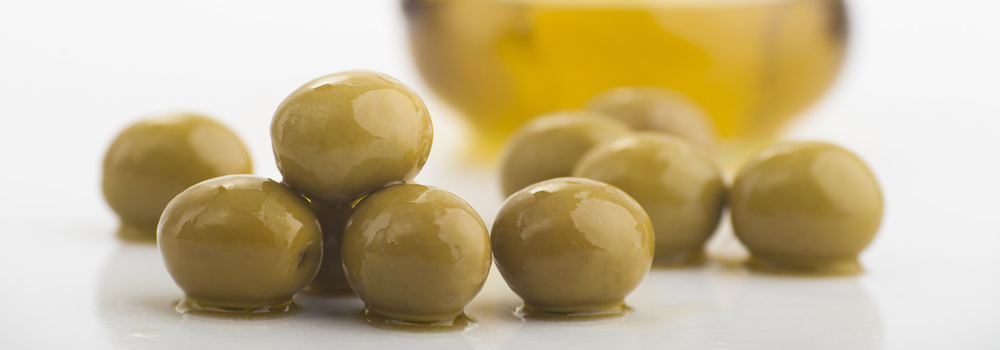
Owing to its high nutritional value, table olives offer many benefits to human health. As an integral and indisputable part of the Mediterranean diet, it offers all the health benefits of olive oil.
Indeed, experts recommend eating about seven olives a day. It helps build muscles and protects us from certain diseases.
Nutritional characteristics
Table olives are nutritionally rich in vitamins and minerals. They are rich in vitamin A and E, which are antioxidants that protect our body. In terms of minerals, olives contain sodium (recommended for athletes), calcium -in an amount similar to milk-, iron and magnesium. Overall, olives have a high energy value. Specifically, it provides 150 kcal/100g (depending on the variety). These calories come primarily from fat content, of which 82% is healthy fat.
Olives are a great source of polyphenols (nutrients) and contribute to meet the recommended daily fibre intake for good gut health. They are also a good source of oleic acid, and are low protein and low carbohydrate
Moreover, table olives contain antimicrobial agents that strengthen the natural defence in consumers. There is even talk that it may become the main probiotic, fermented vegetable product in the future.
Anti-carcinogen
Numerous studies show that table olives have anti-carcinogen properties. To cite just one, the University of Jaen (UJA) found that olive skin affords protection against breast cancer. These findings were published in the Journal of Agricultural and Food Chemistry, the most frequently quoted international Science and Food Technology journal.
On the other hand, BioMaslinic already manufactures an acid (found naturally in wax of olive skin) with anti-carcinogen and antiviral properties. It also inhibits HIV and combats ageing. The product, known as maslinic acid, has been extensively tested in humans and animals, through a University of Granada project hosted at the Health Sciences Technological Park (PTS). Its creators claim that it “will revolutionise the world of health” because its potential for medical applications have not yet been fully explored. This is best illustrated by the fact that it is being tested as a vaccine for malaria.
